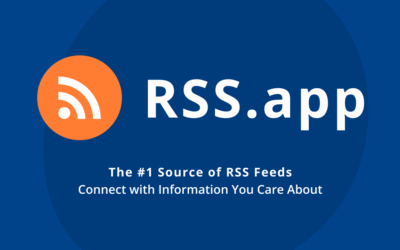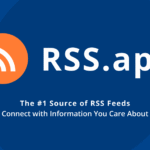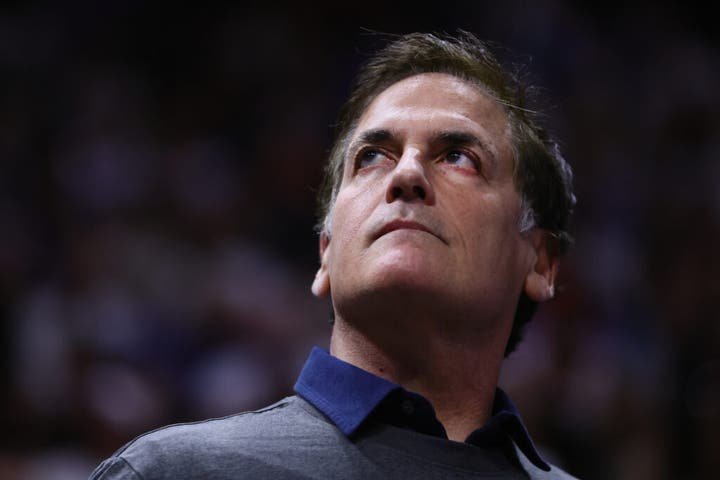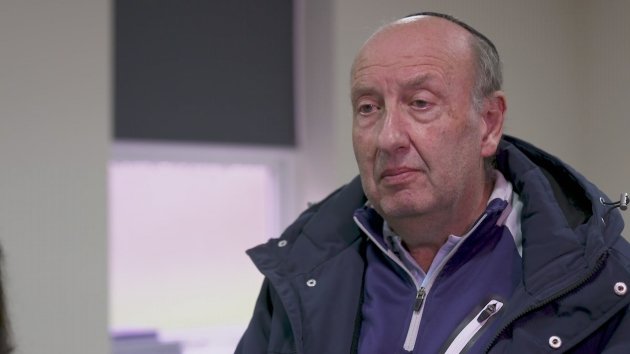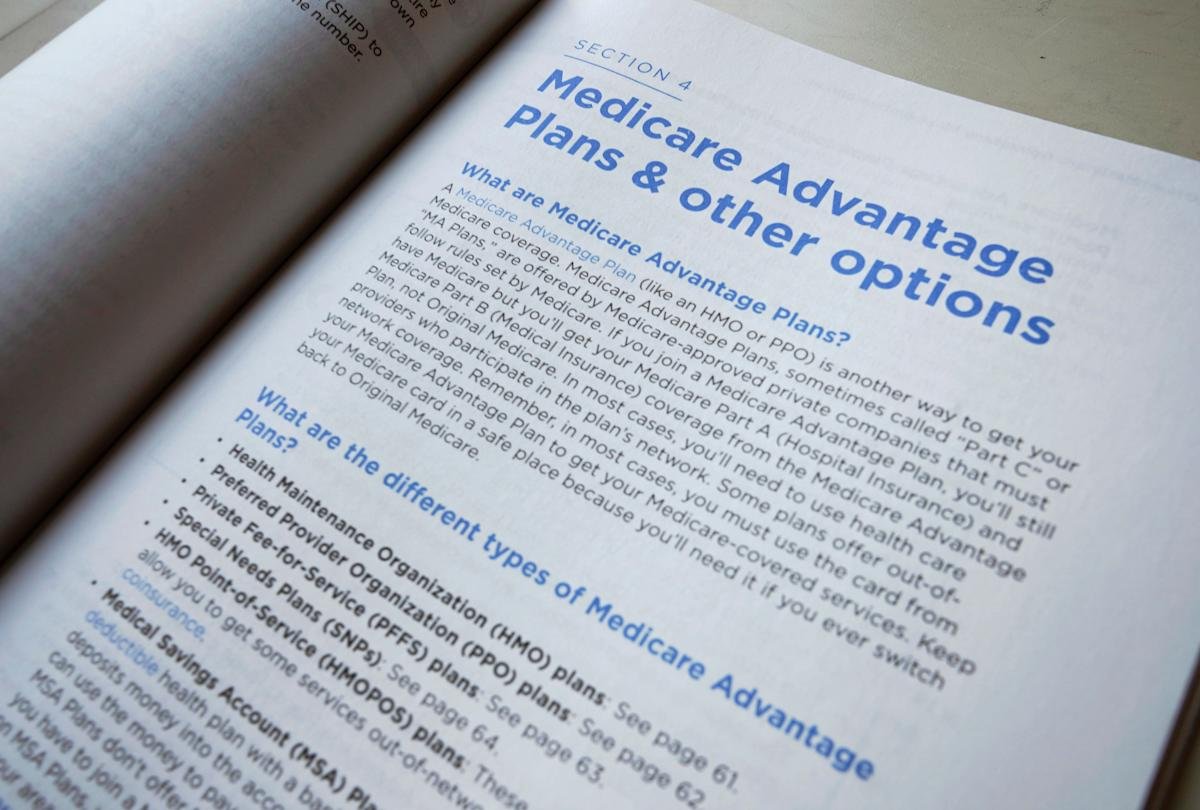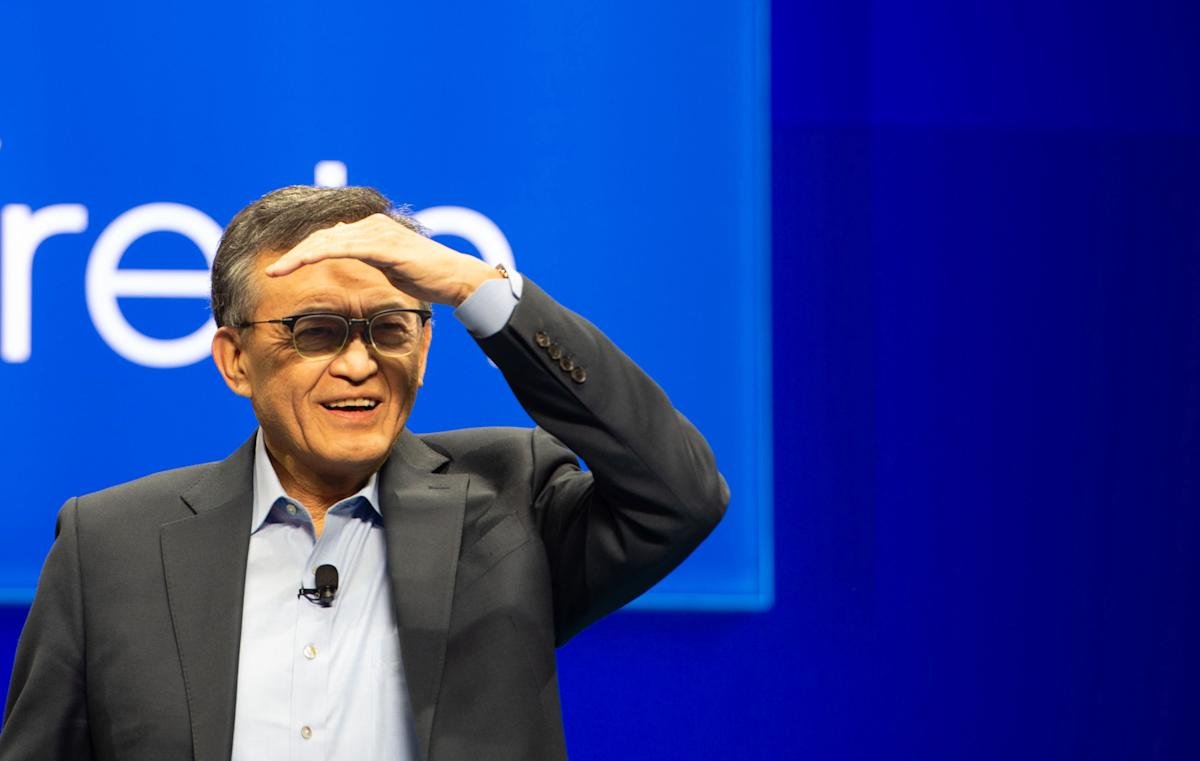Benzinga and Yahoo Finance LLC may earn commission or revenue on some items through the links below.
Back on April 2, billionaire entrepreneur Mark Cuban told his Bluesky followers, “It’s not a bad idea to go to the local Walmart or big box retailer and buy lots of consumables now. From toothpaste to soap, anything you can find storage space for, buy before they have to replenish inventory. Even if it’s made in the USA, they will jack up the price and blame it on tariffs.”
Now, four months later, that’s exactly what’s happening.
Procter & Gamble (NYSE:PG), the company behind big-name brands like Tide, Dawn, Charmin and Crest, announced in July that it will raise prices on about 25% of its products starting in August. The average increase will be around 2.5%, according to The Washington Post. The company cited a $1 billion annual hit from tariffs as one of the reasons.
Don’t Miss:
During a media briefing, P&G Chief Financial Officer Andre Schulten said that the increase will be “moderate,” “adequate” and in line with “the typical inflation consumers would experience.”
Retail analysts believe more companies will follow. Walmart (NYSE:WMT), which often sets the tone for industry pricing, has already raised prices on items like toys, kitchenware, and baby gear—products mostly made in China. Tariffs on steel and aluminum are also expected to push up packaging costs for food and beverage staples like beer, coffee, and canned goods.
According to the Tax Foundation, nearly 75% of U.S. food imports are affected by tariffs, including baked goods, fish, liqueurs, and spirits.
Trending: ‘Scrolling To UBI’ — Deloitte’s #1 fastest-growing software company allows users to earn money on their phones. You can invest today for just $0.30/share.
This latest wave of price hikes comes as many Americans are already struggling to keep up. A recent Century Foundation survey found that 61% of Americans say the Trump administration has made their cost of living worse. The survey revealed widespread financial anxiety: 41% said they’ve had to dip into savings, 37% have used credit cards to pay bills, and 25% have skipped meals in the past year.
Nearly half of Americans said they would struggle to cover a $500 emergency without borrowing. And the stress isn’t limited to low-income households—even 36% of families making more than $100,000 a year said they’d have a hard time paying an unexpected bill.
“Consumers have had a really tough time sorting through the ‘tariff noise.’ They don’t know when prices are going to increase, [or] what supply is going to be available,” progressive advocacy group Groundwork Collaborative Executive Director Lindsay Owens told The Post.
See Also: Arrived Home’s Private Credit Fund’s has historically paid an annualized dividend yield of 8.1%*, which provides access to a pool of short-term loans backed by residential real estate with just a $100 minimum.
Faced with these rising costs, shoppers are hunting for value wherever they can, but also trading down, opting for store brands or less expensive versions of familiar products. P&G confirmed this trend, saying lower-income customers are switching from regular Tide to the cheaper Tide Simply, or from Pampers to Luvs.
P&G, which reported $20.9 billion in sales last quarter, is planning layoffs, product cuts, and supply chain changes to cope with the financial hit from tariffs.
While companies adjust behind the scenes, consumers are once again left footing the bill, just as Cuban predicted.
Read Next: Have $100k+ to invest? Charlie Munger says that’s the toughest milestone — don’t stall now. Get matched with a fiduciary advisor and keep building
Image: Shutterstock
This article ‘They’ll Jack Up The Price And Blame It On Tariffs,’ Mark Cuban Warned 4 Months Ago. The Price Hikes Are Here—He Was Right originally appeared on Benzinga.com

